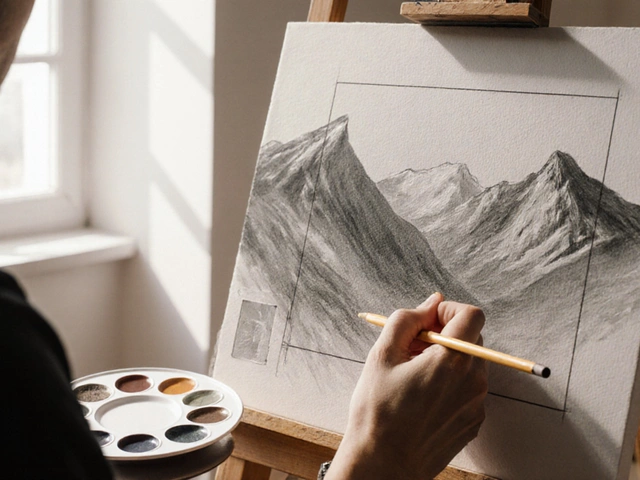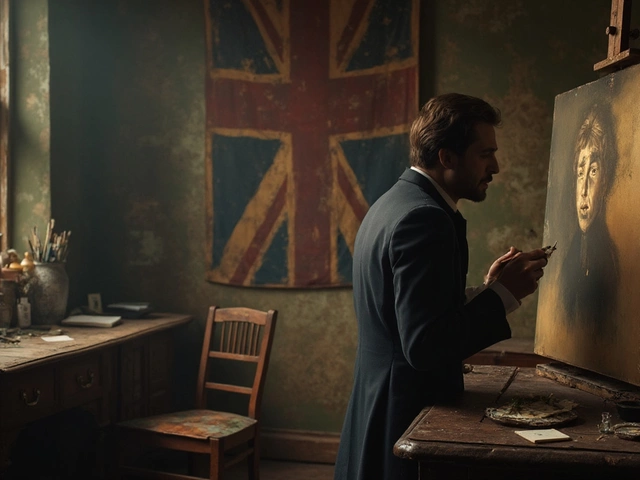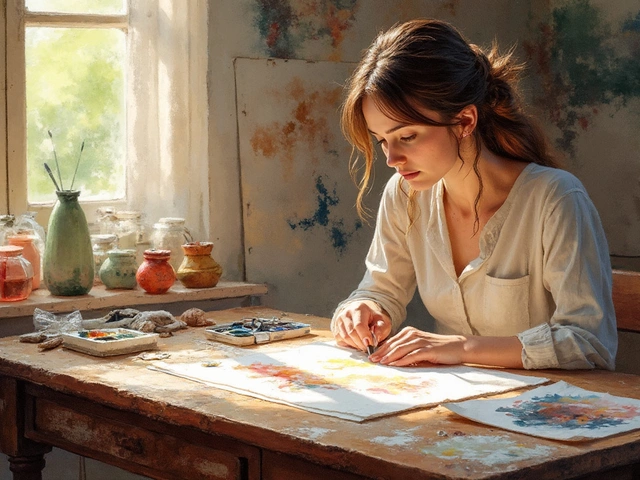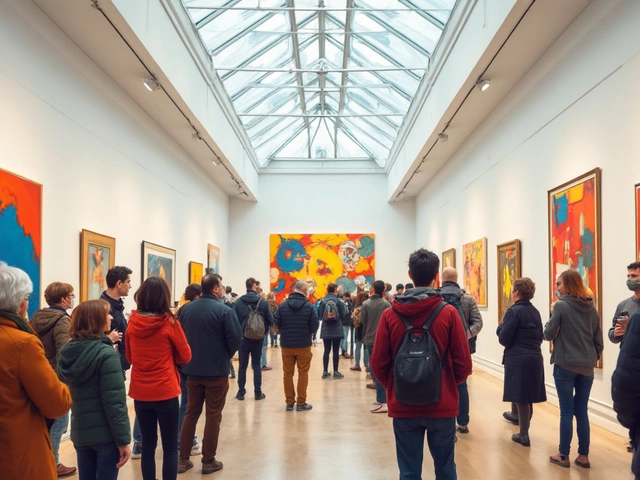Acrylic Painting: Techniques, Tips & Inspiration
When working with acrylic painting, a fast‑drying, water‑based art form that lets you layer colors quickly and experiment freely. Also known as acrylic art, it combines the versatility of oil with the convenience of watercolor. Acrylic medium, the binder that turns pigment into paint gives the paint its unique grip and gloss, while canvas, a stretched fabric surface provides the stable base for most works. Effective brush techniques, ways of loading, loading angles, and stroke patterns unlock texture, depth, and movement. Together these elements create a workflow where acrylic painting encompasses color mixing, demands proper brush handling, and thrives on a suitable surface. Artists often start with a thin wash, then layer opaque tones – a semantic triple: "Acrylic painting requires layering". Another triple: "Canvas supports acrylic medium", and "Brush techniques influence color blending". Below we’ll walk through the most useful practices that let you move from a blank board to a polished piece.
Key Elements of Acrylic Painting
The first decision is the acrylic medium you choose. Heavy-body gels add texture, while fluid mediums extend drying time for smooth blends. Knowing the medium’s viscosity helps you match it to your desired effect – a thin medium for washes, a thick medium for impasto. Next, pick the right canvas. A primed cotton canvas works for most beginner projects, whereas linen offers a smoother finish for detailed work. The canvas weave interacts with the paint’s absorption rate, affecting drying speed and color intensity – another triple: "Canvas texture affects paint absorption".
Brush selection follows. Synthetic brushes hold acrylic paint’s fast‑drying nature better than natural hair. Round brushes excel at fine lines, flat brushes create broad strokes, and fan brushes add soft texture. Pair the brush shape with a technique: dry‑brush for gritty highlights, wet‑on‑wet for seamless gradients. Mastering brush pressure and angle lets you control paint flow without over‑working the layer – a core skill for any acrylic artist. Finally, color mixing is where theory meets practice. Because acrylics dry darker, you’ll want to mix slightly lighter tones than you expect in the final piece. Using a palette with a neutral base helps you judge true colors, and adding a little water or medium can extend blending time. Combining these steps, you’ll see how "Color mixing feeds brush techniques" and "Medium choice drives texture".
Armed with the right medium, surface, brushes, and mixing strategy, you can tackle any style – from realistic portraits to abstract expression. The posts below dive deeper into specific topics: monetizing digital art, landscape composition, abstract rules, modern art principles, and more. Whether you’re curious about how artists mix figures into scenery or how to start with oil before switching to acrylic, the collection offers practical tips, historical context, and step‑by‑step guides. Scroll down to discover actionable insights, real‑world examples, and fresh ideas that will boost your next acrylic project.
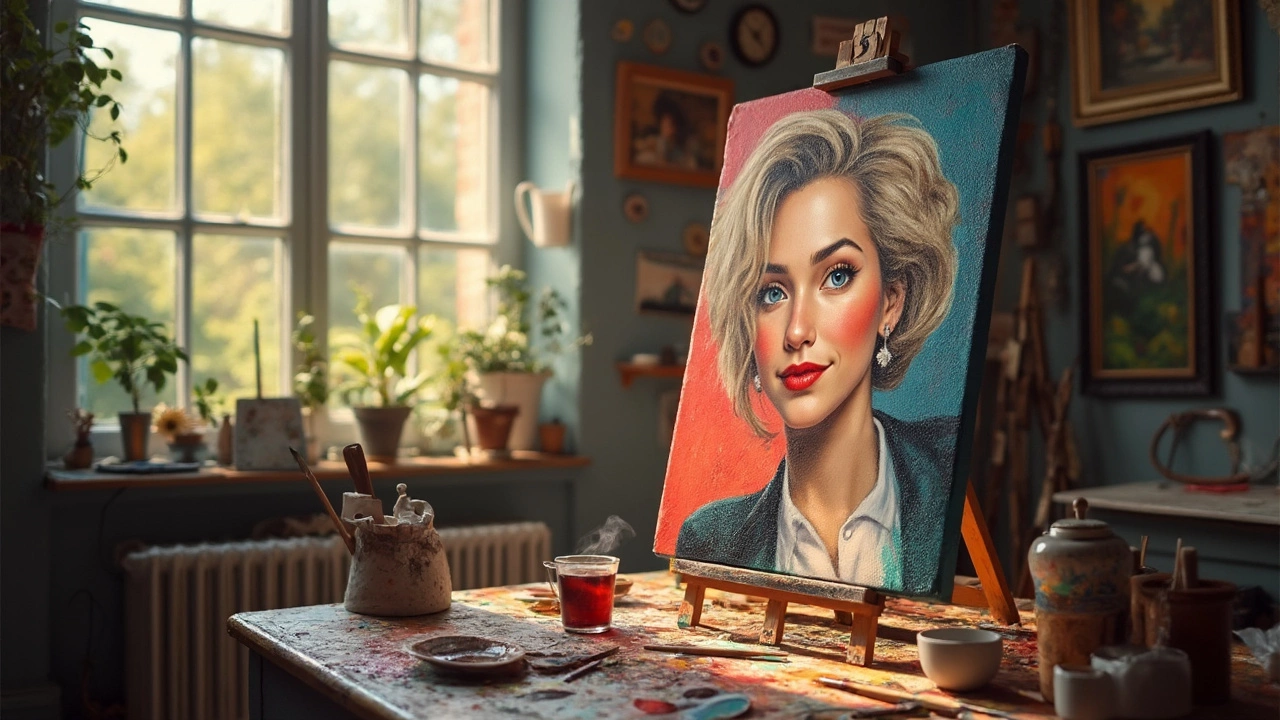
Acrylic and oil paints present different challenges and benefits when it comes to portrait painting. Acrylics are versatile and dry quickly, making them ideal for bold, fast strokes, while oils offer richness and blendability, letting artists refine details slowly. Factors like drying time, texture, and ease of use vary significantly between the two. This article explores which paint type might be easier for your next portrait project while offering tips to enhance your painting experience.
